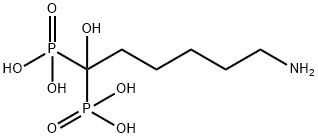NERIDRONATE SODIUM HYDRATE
$ 1.00
/1KG
- Min. Order1KG
- Purity95--99%
- Cas No79778-41-9
- Supply Ability1ton
- Update time2020-01-05

career henan chemical co
VIP7Y
 China
China
Enterprise Verified
Business Bank account
Basic Contact Infomation
Business Address
Trade Company



Chemical Properties
| Product Name | NERIDRONATE SODIUM HYDRATE |
| CAS No | 79778-41-9 |
| EC-No | 200-258-5 |
| Min. Order | 1KG |
| Purity | 95--99% |
| Supply Ability | 1ton |
| Release date | 2020/01/05 |




